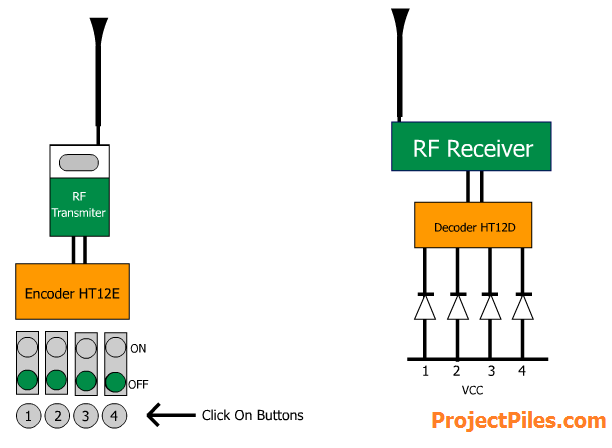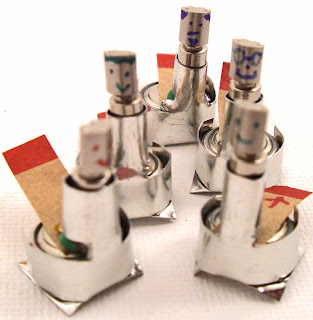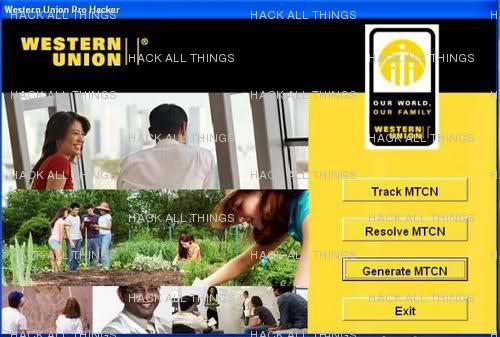INTRODUCTION:
It’s an old perhaps trite, but true saying that: “A house is only as good as its foundation.”
A foundation consists normally of two components: the footing(s) and the foundation wall(s). Footings are generally of poured concrete. The foundation walls are usually of poured concrete or concrete block; stone is found occasionally in the walls of older houses; brick is also occasionally used. There are even foundations built of specially treated wood, but these are more experimental and rare, and as such will not be further discussed herein.
FOOTINGS:
Footings are the structural elements which receive loads from all of the other portions of the building (walls, floors, partitions, roofs, etc.), and transmit or spread those loads uniformly to the soil. Different types of soils have different load carrying capabilities, technically called load bearing capacity. Solid bed rock has the highest load bearing capacity, varying from a low of 2 tons per square foot, increasing to very significant figures depending on the type of rock. By contrast, clay or silty clay may have a load bearing capacity as low as 1/2 ton, or less, per square foot. For major structures with significant loads, such as multi story buildings, an extensive sub-surface investigation and testing procedure is required to investigate, analyze and determine the soil characteristics and its load bearing capacities. These extensive investigations are not usually undertaken for very light buildings such as the average residence; however, some investigation must be conducted to categorize the type(s) of soil to be encountered, and to ascertain if any serious problem areas exist, such as high water tables, very poor quality soils, extreme differences in kinds of soil, presence of fill, rubbish or land-fill dump areas (yes, it does occur). A common method of exploration for residential construction is to dig open pits at least to the depth of the deepest expected footing levels and have a soil expert visually examine the soils encountered. Oftentimes, samples will be taken for laboratory analysis to further assist in the determination of soil suitability. In any event, the builder must know by some exploratory basis, what he is expecting to encounter for sub-surface conditions. His responses to some simple inquiries on your part should confirm his basis, and dispel any doubts. Building codes will assign specific (and usually very conservative) load bearing capacities to be used for various soils if testing is not undertaken.Footings must be deep enough into the earth to be below the levels of any possible frost penetration or frost action As explained earlier, footings which are subject to frost action are subject to movement and differential settlement.






















































